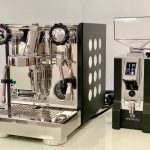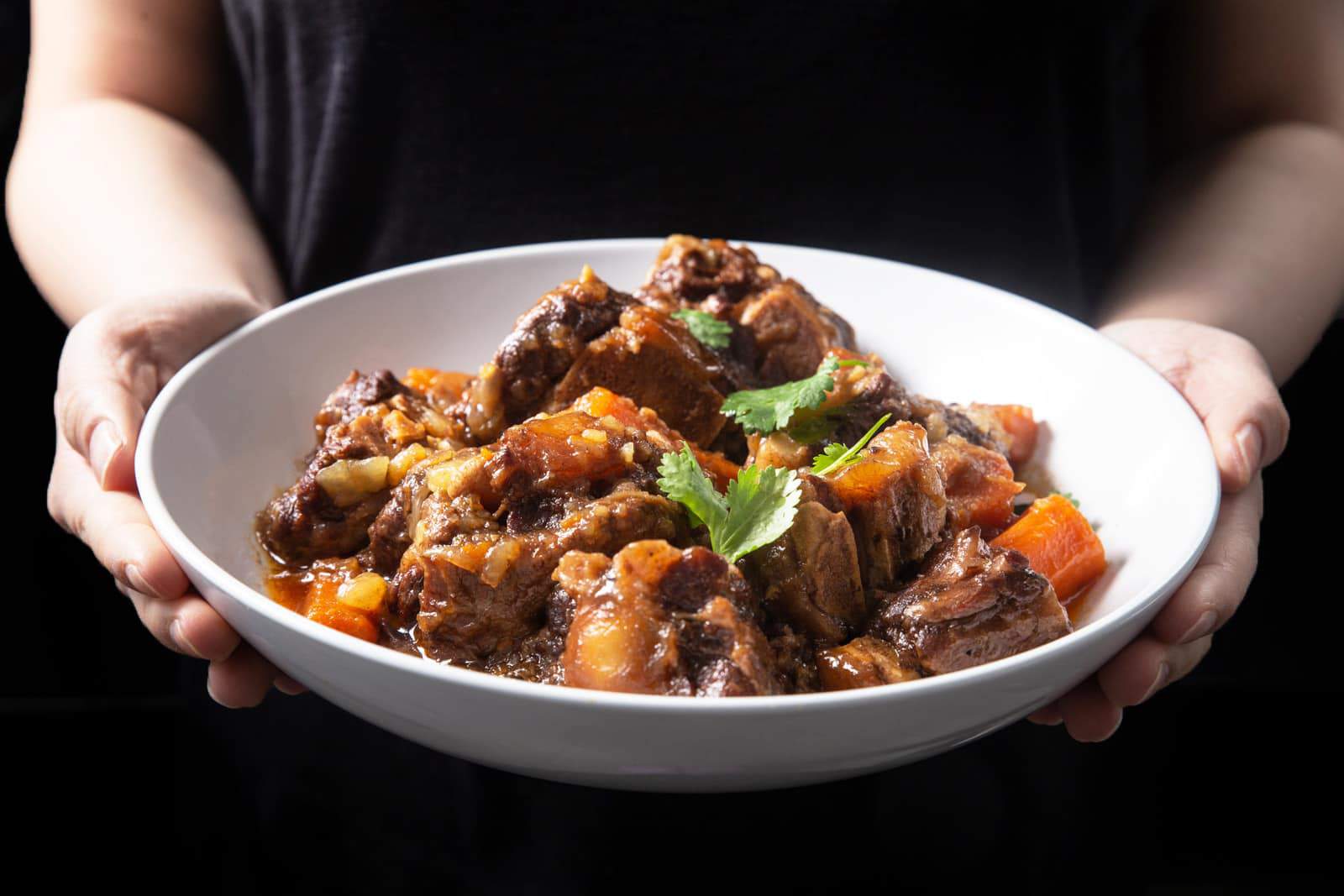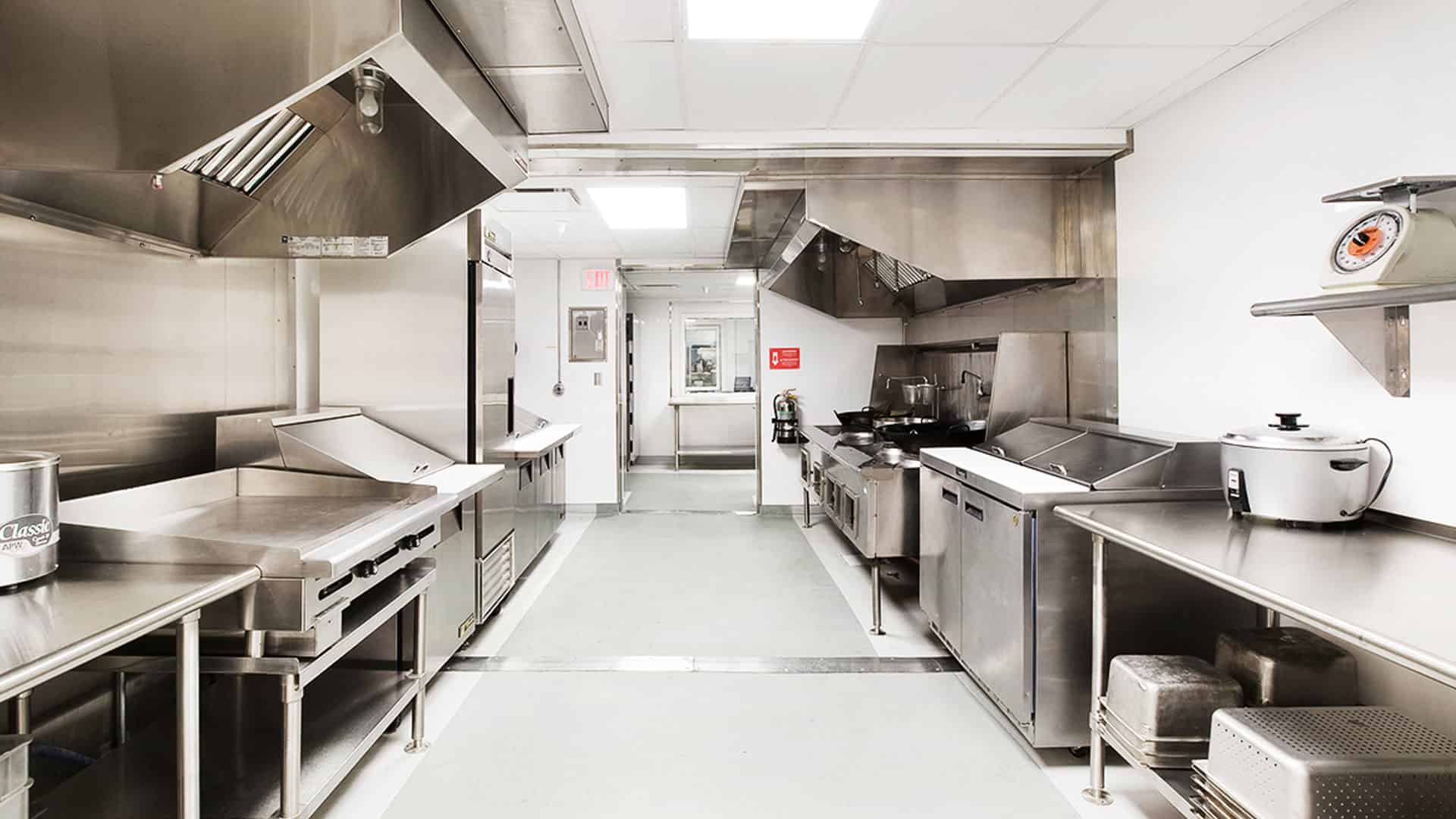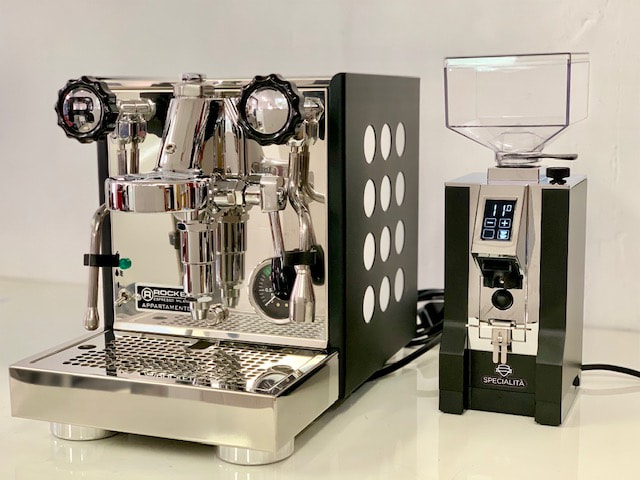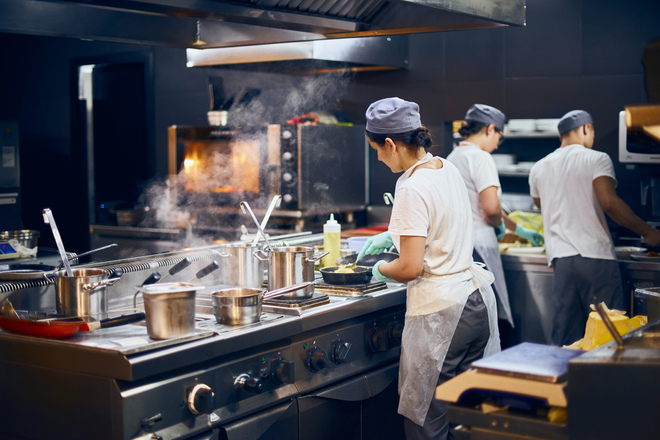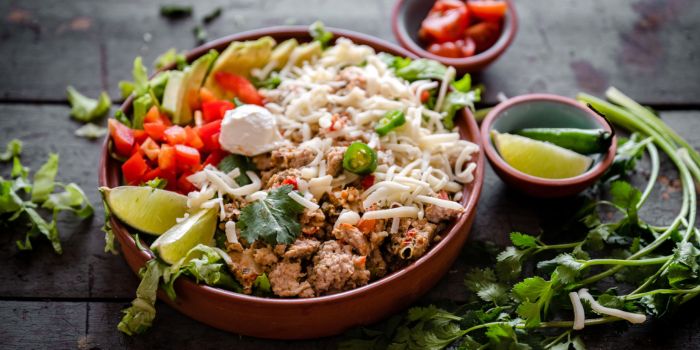
How Long Does Oxtail Take to Cook?
Oxtail is a flavorful, hearty cut of meat that becomes incredibly tender when cooked properly.…
All You Need To Know Before Setting Delivery Only Restaurant Smart Kitchen
Delivery only Smart Kitchen In this digital era, every business, regardless of whether it be…
How to Evaluate Food Suppliers in Hong Kong?
Choosing the right food supplier is crucial for the success of any food-related business. Whether…
Renting a Professional Kitchen: A Smart Move for Aspiring Chefs
Are you an aspiring chef or food entrepreneur looking to kickstart your culinary journey? If…
Can I use regular coffee beans in an espresso coffee machine?
Espresso coffee machines are revered for their ability to produce rich, flavorful shots of espresso…
From Virtual to Reality: Exploring the Phenomenon of Cloud Kitchens
In recent years, the culinary landscape has undergone a profound transformation with the emergence of…
What are the benefits of personalized meal plans for weight loss?
Customized feast plans have become progressively famous among people trying to accomplish their weight reduction…
The Ultimate Sake Resource: Hong Kong’s Finest Online Sake Store
Are you prepared to take a trip into the wonderful realm of sake? If you're…
Crafting the Perfect Brew: A Guide to Good Beer Making
Crafting beer at home can be both satisfying and fulfilling, providing an enriching and fulfilling…
The Basics of Shared Kitchen Planning
Shared kitchens are commercial kitchen spaces shared by multiple food businesses or individuals, offering a cost-effective…



